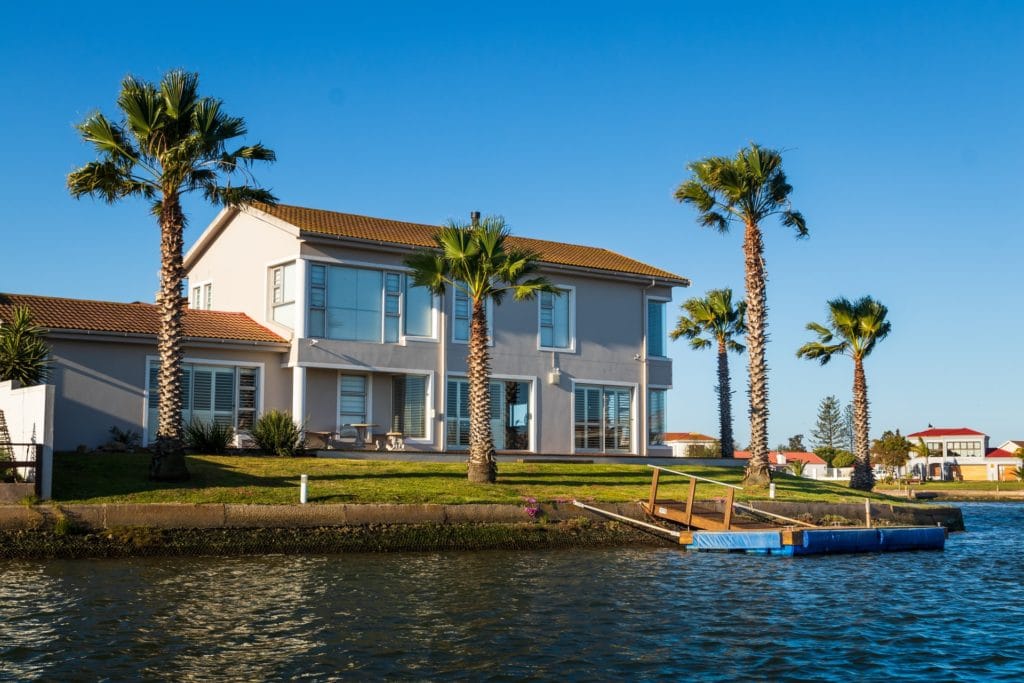Amid Affordability Crisis, Builders Continue Pivot Toward Condos and Townhomes

The construction industry is experiencing a shift in focus as builders adapt to the ongoing affordability crisis by increasing the development of condos and townhomes. Despite a decline in construction activity for the second consecutive year, the pace remains above pre-pandemic levels. Builders are addressing the 4.5 million home shortage by opting for higher-density housing options, which are more affordable for first-time buyers. This trend is evident in the issuance of permits in major U.S. metros such as Pittsburgh, Indianapolis, Dallas, New York, and Las Vegas, which continue to lead in permit issuance compared to pre-pandemic figures.
In 2023, construction began on 946,000 single-family homes, marking a 7.1% decrease from 2022 and a 16.5% decrease from 2021. This decline is largely attributed to affordability challenges. However, approximately 1 million single-family homes were completed in 2023, the second-highest annual total since the global financial crisis. Despite the slowdown, the construction pace remains robust compared to pre-pandemic trends, with 11% more single-family homes completed in 2023 than in 2019, and a 6.2% increase in new single-family home construction projects compared to 2019.
Builders are increasingly focusing on attached homes, such as townhomes and condos, to mitigate land cost challenges and maximize the number of units on smaller lots. This shift has resulted in an 8.9% decline in starts for detached single-family homes in 2023, while starts for attached single-family homes increased by 3.2%, and new condo starts rose by 8.1%. The completion of detached homes fell by 5.1%, whereas 9.6% more attached single-family homes were completed compared to the previous year. The median lot area decreased by 700 square feet in 2023, although the median home size remained steady at 2,200 square feet.
Single-family permitting activity has rebounded in most large metropolitan areas, with notable growth in cities like Indianapolis, Phoenix, San Diego, San Antonio, and Milwaukee. These areas have seen significant year-over-year increases in permits, reflecting a response to rising competition and prices. Historically, markets with faster job and income growth have experienced larger increases in new construction activity. However, as inventory rises and home value appreciation slows, single-family construction is expected to decelerate until profitability diminishes.
Despite the cooling of the housing market from its pandemic peak, some markets continue to authorize more single-family homes than anticipated in the absence of the pandemic. Data indicates that single-family authorizations are highest in markets where housing demand surged during the pandemic, driven by employment, household income, and home value growth. Among the 50 largest U.S. metros, Pittsburgh, Indianapolis, Dallas, New York, and Las Vegas lead in permit issuance relative to pre-pandemic levels. Other large markets exceeding pre-pandemic permit issuance include Columbus, San Antonio, Charlotte, and Sacramento.
Houston, Dallas, Phoenix, Atlanta, and Austin are among the top metros for single-family permits issued since the pandemic, with significant home value increases accompanying the rise in permits. Conversely, markets like New Orleans, San Francisco, Seattle, Salt Lake City, and Denver have seen the most significant declines in permitting activity compared to pre-pandemic averages.
Regulatory factors play a crucial role in unlocking potential housing supply. Builders' responsiveness to price increases is contingent on labor and material availability, as well as buildable land, which is often influenced by geographic constraints and regulations such as zoning and planning restrictions. To address the U.S. housing shortage, zoning reforms to allow for denser housing should be considered, as they could create millions of needed housing units. Surveys indicate that most residents would support such changes to boost supply. Additional measures, such as reducing parking requirements, minimizing building permit approval delays, and expanding affordable housing trust funds, should also be explored.





Start the discussion
Become a member of Crib Metrics - Fresh Housing Market Insights and Analysis to start chatting with our AI Real Estate Market Analyst about the article Amid Affordability Crisis, Builders Continue Pivot Toward Condos and Townhomes
Already a member?